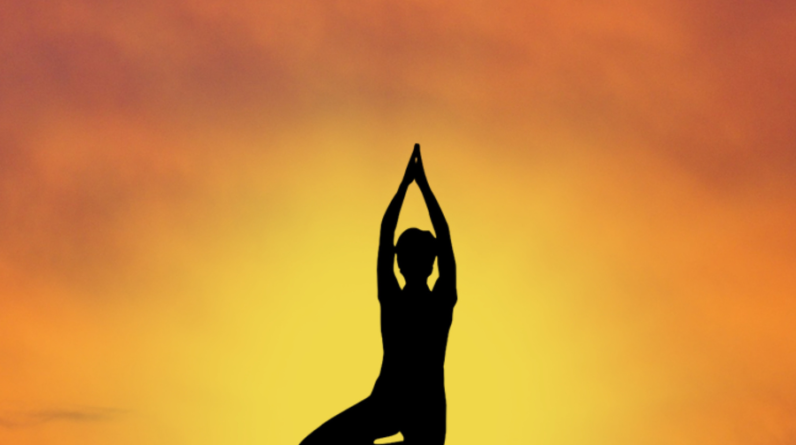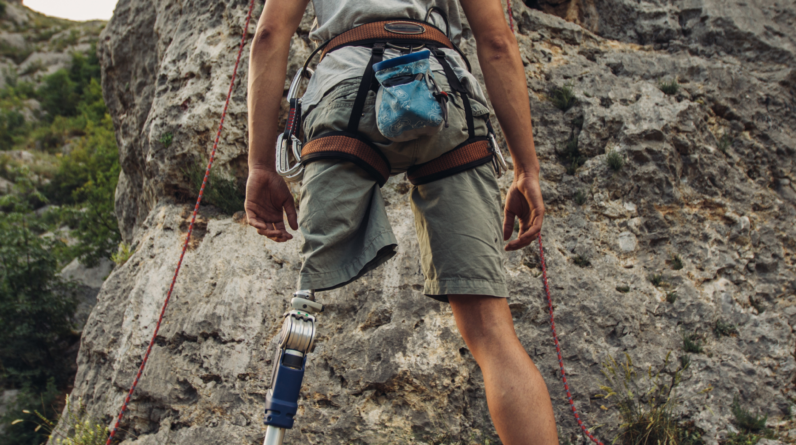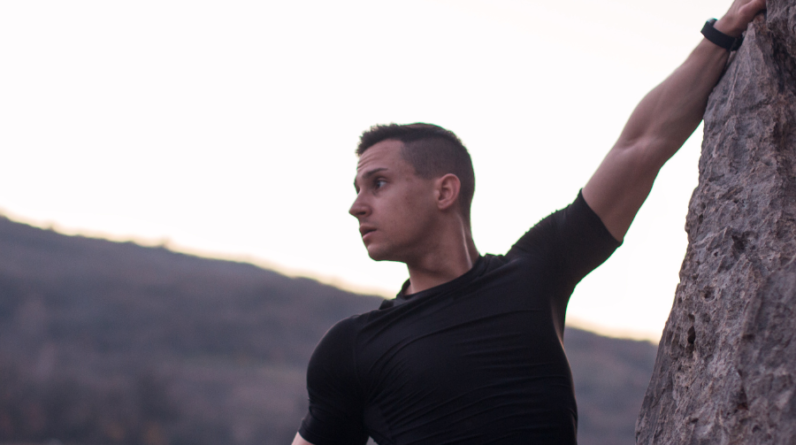
Introduction: Ingredients for Climbing Success
While strength and endurance are key, flexibility and balance can be game-changers in your climbing journey. Enter yoga and tai chi: two ancient practices that can enhance your climbing prowess.
The Yin and Yang of Climbing: Why Yoga and Tai Chi?

1.1: Flexibility for Improved Climbing Techniques
Climbers know the importance of flexibility when it comes to reaching that elusive hold or gracefully transitioning between moves. Incorporating yoga and tai chi into your training can help you develop the flexibility needed to tackle challenging routes with ease.
1.2: Balance and Mindfulness: The Key to Graceful Climbing
The mental aspect of climbing shouldn’t be underestimated. Yoga and tai chi both emphasize mindfulness and balance, allowing you to remain calm and focused as you navigate tricky sequences.
1.3: Injury Prevention and Recovery
The repetitive movements and stresses of climbing can lead to injuries. Yoga and tai chi offer the perfect antidote with their focus on gentle, restorative movements that promote healing and prevent future injuries.

Section 2: Scaling New Heights: Yoga Poses for Climbers
2.1: Downward-Facing Dog (Adho Mukha Svanasana)
This classic pose stretches the hamstrings, calves, and shoulders while strengthening the arms and legs. It’s a must-do for climbers who need to improve their reach and grip strength.
2.2: Extended Triangle Pose (Utthita Trikonasana)
Working on your balance and core stability? This pose has you covered. The extended triangle helps stretch the hips, groin, and hamstrings while challenging your balance and core engagement.
2.3: Pigeon Pose (Eka Pada Rajakapotasana)
Tight hips can be a climber’s nemesis. Pigeon pose is perfect for opening up the hips and promoting flexibility in the hip flexors and lower back.
Section 3: The Flow of Movement: Tai Chi for Climbers

3.1: Parting the Wild Horse’s Mane
This tai chi movement gently stretches the spine and hip flexors while strengthening the legs and core. It also encourages stability and balance, essential for controlled climbing.
3.2: Wave Hands Like Clouds
Climbers need strong, supple wrists for effective gripping. This flowing tai chi move improves wrist flexibility and strength while also promoting relaxation and focus.
3.3: Grasp the Bird’s Tail
A full-body workout in one elegant move, Grasp the Bird’s Tail focuses on balance, coordination, and strength. This tai chi movement can help climbers develop the stability and control needed for smooth ascents.
Conclusion: Reach for the Stars with Yoga and Tai Chi
Incorporating yoga and tai chi into your climbing training is like discovering a secret power-up. These ancient practices offer a unique combination of balance, flexibility, and mental focus that can help you scale new heights on the climbing wall or crag.
Namaste and happy climbing!






